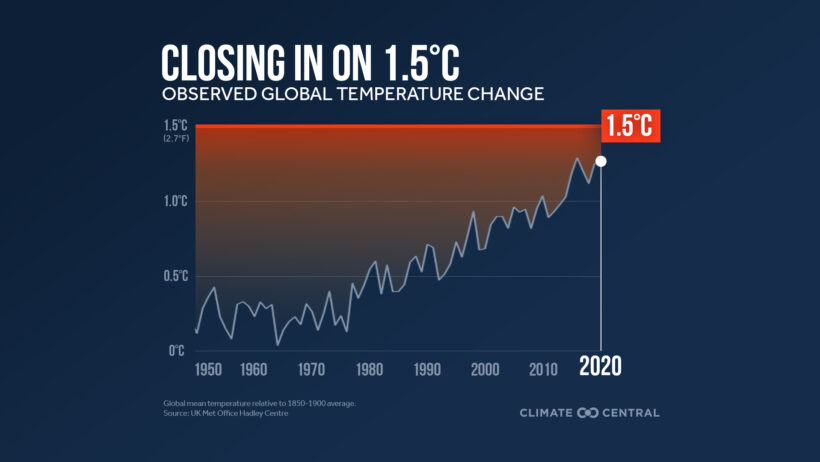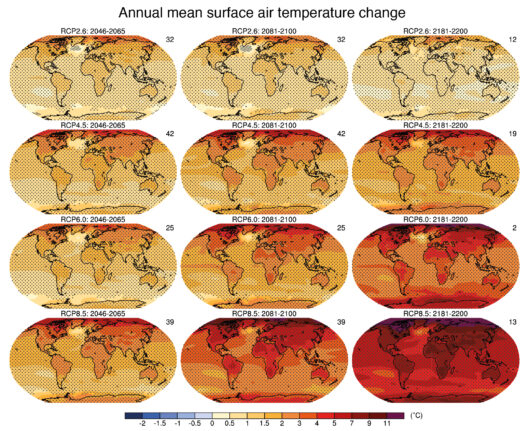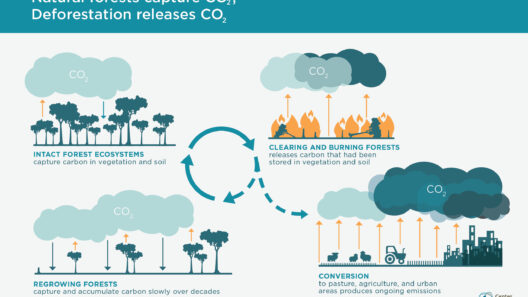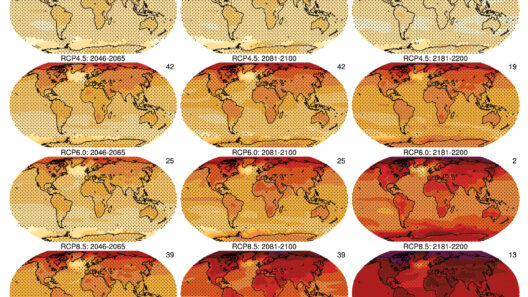Climate change is a pressing geopolitical, environmental, and social issue that has initiated extensive discourse across various platforms. At its core, the question arises: Is climate really changing? With an overwhelming consensus among scientists and experts, evidence corroborates that climate change is not only real but accelerating. This article endeavors to elucidate the various dimensions of climate change through empirical data and scientific findings.
To unpack this complex topic, we will explore several critical elements: greenhouse gas emissions, temperature anomalies, extreme weather events, ice mass loss, and ocean changes. Each of these facets provides tangible evidence supporting the veracity of climate change.
Greenhouse Gas Emissions
One of the primary drivers of climate change is the remarkable increase in greenhouse gas emissions, particularly carbon dioxide (CO2), methane (CH4), and nitrous oxide (N2O). The combustion of fossil fuels, deforestation, and industrial processes significantly contribute to the rising levels of these gases in our atmosphere.
Data indicates a stark increase in CO2 concentrations. For instance, atmospheric CO2 levels have surged from approximately 280 parts per million (ppm) in the pre-industrial era to over 410 ppm today. This elevation is unprecedented in at least 800,000 years as evidenced by ice core samples, which act as historical archives of Earth’s climate.
Methane, while existing in smaller quantities, possesses a global warming potential that is 28 times more potent than CO2 over a 100-year period. As agriculture practices, particularly livestock farming, intensify, methane emissions continue to rise, exacerbating the greenhouse effect.
Temperature Anomalies
Temperature trends offer another compelling perspective on climate change. Average global surface temperatures have increased significantly since the late 19th century, with the last decade being the warmest on record. Data show that the Earth’s temperature has risen by approximately 1.2 degrees Celsius since the late 1800s.
This temperature anomaly is not merely statistical; it has profound implications for ecosystems, biodiversity, and human health. For instance, a modest increase in temperature leads to altered precipitation patterns, jeopardizing agricultural outputs and water resources. Furthermore, the correlation between increased temperatures and the frequency of heatwaves underscores the pressing need for adaptive measures in urban planning and public health.
Extreme Weather Events
The increased frequency and intensity of extreme weather phenomena are increasingly observable manifestations of climate change. Reports indicate a rise in hurricanes, droughts, floods, and wildfires, all of which pose serious risks to human infrastructure and natural systems.
For example, research has linked the intensity of hurricanes to rising sea surface temperatures, which provide additional energy for storm systems. Subsequently, hurricanes have been observed to produce heavier rainfall and more severe flooding, consequently impacting coastal regions and leading to catastrophic economic costs.
Moreover, the prevalence of drought conditions has surged in various areas. Regions previously reliant on consistent rainfall have endured prolonged dry spells, impacting agricultural yields and depleting water reservoirs. Such events highlight the intricate and damaging interplay between climate change and natural disasters.
Ice Mass Loss
The cryosphere, encompassing all of the Earth’s ice-covered regions, serves as a critical indicator of climate health. Glacial retreat and melting ice caps signify rising temperatures and have far-reaching implications for global sea levels.
Data indicate that polar ice sheets in Greenland and Antarctica are thinning at alarming rates. The Greenland Ice Sheet has experienced a loss of approximately 3,800 gigatons between 1992 and 2018. Such reductions contribute directly to global sea level rise, threatening coastal populations and ecosystems. Furthermore, the transformation of reflective ice surfaces to darker ocean waters exacerbates warming trends, a feedback loop that further complicates climate dynamics.
Ocean Changes
Oceanic conditions offer critical insights into climate change’s multifaceted impacts. The world’s oceans absorb about 30% of human-emitted carbon dioxide, leading to ocean acidification. This phenomenon endangers marine life, particularly organisms with calcium carbonate structures, such as corals and shellfish.
In addition to acidification, rising sea temperatures have profound implications for marine biodiversity. Warmer waters can displace fish species, alter migration patterns, and even contribute to coral bleaching episodes. The effects cascade through entire marine ecosystems, threatening the livelihoods of communities dependent on fisheries.
Conclusion
In summation, the evidence affirmatively supports the existence and accelerating pace of climate change. From the escalating levels of greenhouse gases to the observable shifts in temperature, extreme weather patterns, and alterations in ice and ocean systems, it is clear that climate change represents one of the most significant challenges facing humanity. As society grapples with this reality, it is imperative that climate action continues to be prioritized at both local and global levels. Empirical data underscores the urgency, calling for a concerted effort to mitigate the adverse impacts of climate change and foster a sustainable future.






